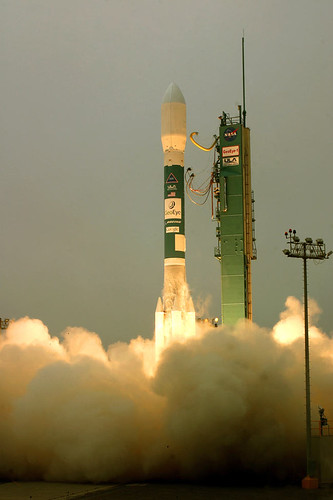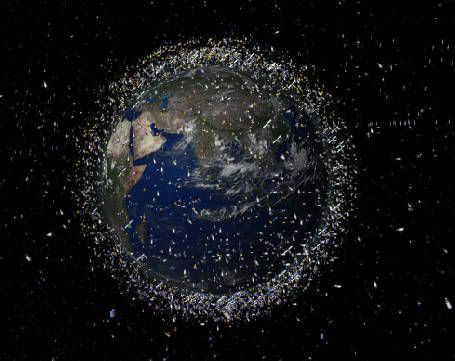3 Billion New Internet Users on the Way?
Tuesday, September 9th, 2008
A start-up company, backed by some big names, is seeking to add 3 Billion new Internet users from poor, remote countries.
On Tuesday, O3b Networks Ltd., founded and run by 38-year-old telecommunications entrepreneur Greg Wyler, is expected to announce plans to launch as many as 16 satellites that could provide service to Africa, the Middle East and parts of Latin America by the end of 2010.
The undertaking, expected to cost about $650 million, has initial backing of about $60 million from investors that include HSBC Holdings PLC, Allen & Company, and Liberty Global Inc., in addition to Google.
Of course, the blogs are abuzz with the news that Google is launching 16 new satellites, especially after yesterday’s post about the GeoEye-1, but Google is only anteing up $20 million for the project.
The bigger news is about O3b, whose young CEO, Greg Wyler, has pulled together an impressive list of funders to tackle a very lofty goal.
This isn’t the first time that Wyler has launched an aggressive project to bring Internet access to the developing world. He also paired up with the Rwandan government in an effort to connect schools, government institutions and homes with low-cost, high-speed Internet service. The fate of that project contains some warnings for this venture. Rwandan officials say Wyler didn’t follow through on his promises:
Wyler says he sees things differently and that he and the Rwandan officials will probably never agree on why their joint venture has been so slow to get off the ground. But Terracom’s tale is more than a story about a business dispute in Rwanda. It is also emblematic of what can happen when good intentions run into the technical, political and business realities of Africa.
The technology behind the latest venture is a low-earth orbit system, built by Thales Alenia Space.
Side Note: O3b is headquartered in St. John, Jersey, Channel Islands. Never heard of it? Officially the "Bailiwick of Jersey”, it’s located in the English Channel, off the coast of France.




